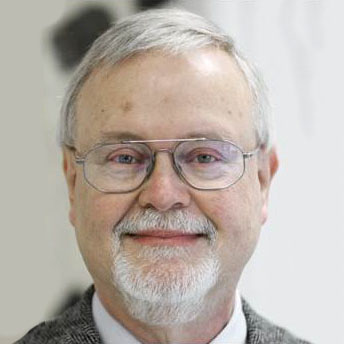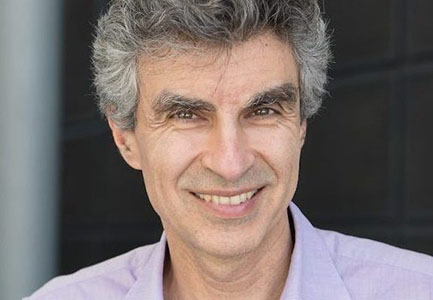News About the BigBrain
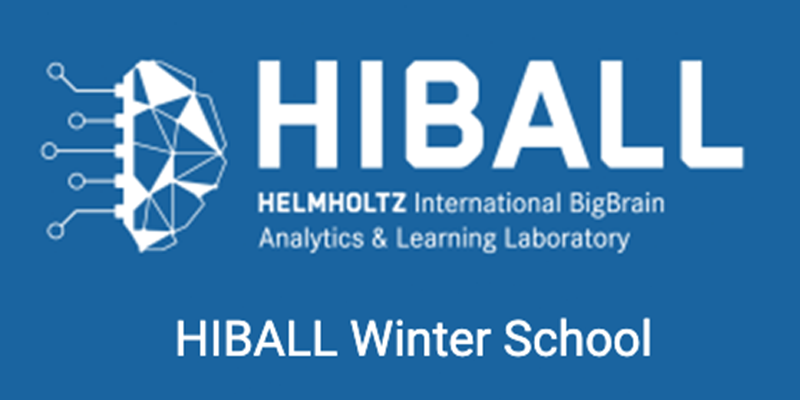
HIBALL Winter School 2024 Videos
date: Mar 20, 2024
We are happy to announce that the HIBALL Winter School 2024 videos are ready for viewing.
Go to Youtube 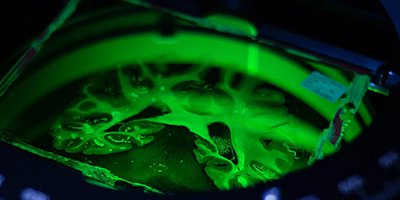
EBRAINS research infrastructure secures €38 million in funding for new phase of digital neuroscience
date: Jan 9, 2024
The European Commission has accepted the EBRAINS 2.0 proposal submitted in response to the INFRASERV call, granting €38 million for the further development of services of the EBRAINS research infrastructure.
read more 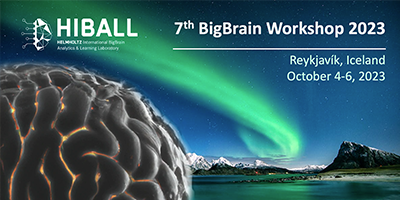
7th BigBrain Workshop 2023 - Videos
date: Jan 04, 2024
The videos from all three days of the 7th BigBrain Workshop are now available.
read more 
Alan Evans named Fellow of the Royal Society
date: Oct 08, 2024
Alan Evans, PhD, was among the 85 new Fellows of the Royal Society, the United Kingdom’s national academy of sciences, announced May 14, 2024. Candidates were nominated for their substantial contribution to the improvement of natural knowledge.
Read More 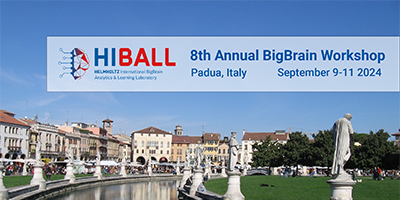
BigBrain Workshop 2024
date: Mar 20, 2024
The 8th BigBrain Workshop took place in the beautiful city of Padua, Italy. The conference was on 10-11 September, preceded by a training day on 9 September. Click below to see the full conference videos.
Read More 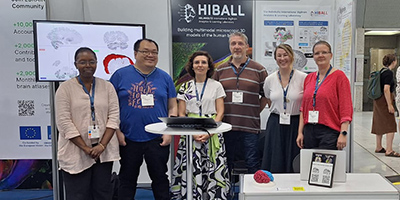
2024 OHBM Annual Meeting
date: July 09, 2024
The HIBALL Team presented the BigBrain data and tools at the annual OHBM meeting in Seoul, South Korea on June 23-27, 2024. It was fun to meet the community and discuss multimodal, high-resolution neuroscientific data and tools.
goto site 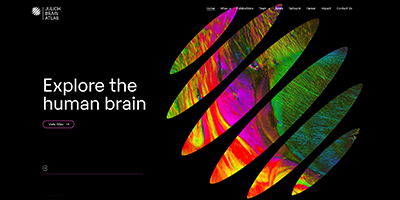
The Julich-Brain Atlas at EBRAINS
date: May 14, 2024
The Julich-Brain Atlas at EBRAINS
Introduction, Concepts and Hands-on Sessions
17 - 20 June 2024
Online
goto site Introduction, Concepts and Hands-on Sessions
17 - 20 June 2024
Online

Capturing patterns of cortical hierarchy
date: Apr 21, 2024
Yezhou Wang is visiting Sofie Valk's lab in Leipzig for a three-month mitacs research stay to work on 'Capturing patterns of cortical hierarchy and dual stream architecture based on precise 7T MRI'
Cognitive Neurogenetics Lab 
BigBrain Project on Linkedin
date: Apr 17, 2024
The BigBrain Project is now acive on Linkedin. Please visit our profile and add us!
Go To Linkedin 
HIBALL Winter School 2024 Videos
date: Mar 20, 2024
We are happy to announce that the HIBALL Winter School 2024 videos are ready for viewing.
Go to Youtube 
EBRAINS research infrastructure secures €38 million in funding for new phase of digital neuroscience
date: Jan 9, 2024
The European Commission has accepted the EBRAINS 2.0 proposal submitted in response to the INFRASERV call, granting €38 million for the further development of services of the EBRAINS research infrastructure.
read more 
7th BigBrain Workshop 2023 - Videos
date: Jan 04, 2024
The videos from all three days of the 7th BigBrain Workshop are now available.
read more 
Alan Evans named Fellow of the Royal Society
date: Oct 08, 2024
Alan Evans, PhD, was among the 85 new Fellows of the Royal Society, the United Kingdom’s national academy of sciences, announced May 14, 2024. Candidates were nominated for their substantial contribution to the improvement of natural knowledge.
Read More 
BigBrain Workshop 2024
date: Mar 20, 2024
The 8th BigBrain Workshop took place in the beautiful city of Padua, Italy. The conference was on 10-11 September, preceded by a training day on 9 September. Click below to see the full conference videos.
Read More 
2024 OHBM Annual Meeting
date: July 09, 2024
The HIBALL Team presented the BigBrain data and tools at the annual OHBM meeting in Seoul, South Korea on June 23-27, 2024. It was fun to meet the community and discuss multimodal, high-resolution neuroscientific data and tools.
goto site 
The Julich-Brain Atlas at EBRAINS
date: May 14, 2024
The Julich-Brain Atlas at EBRAINS
Introduction, Concepts and Hands-on Sessions
17 - 20 June 2024
Online
goto site Introduction, Concepts and Hands-on Sessions
17 - 20 June 2024
Online

Capturing patterns of cortical hierarchy
date: Apr 21, 2024
Yezhou Wang is visiting Sofie Valk's lab in Leipzig for a three-month mitacs research stay to work on 'Capturing patterns of cortical hierarchy and dual stream architecture based on precise 7T MRI'
Cognitive Neurogenetics Lab 
BigBrain Project on Linkedin
date: Apr 17, 2024
The BigBrain Project is now acive on Linkedin. Please visit our profile and add us!
Go To Linkedin 
HIBALL Winter School 2024 Videos
date: Mar 20, 2024
We are happy to announce that the HIBALL Winter School 2024 videos are ready for viewing.
Go to Youtube 
EBRAINS research infrastructure secures €38 million in funding for new phase of digital neuroscience
date: Jan 9, 2024
The European Commission has accepted the EBRAINS 2.0 proposal submitted in response to the INFRASERV call, granting €38 million for the further development of services of the EBRAINS research infrastructure.
read more 
7th BigBrain Workshop 2023 - Videos
date: Jan 04, 2024
The videos from all three days of the 7th BigBrain Workshop are now available.
read more 


